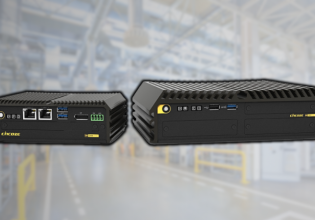J
I've been trying to get a Frame 5 up and running after a fuel nozzle replacement with no luck!
The turbine in question has mechanically atomizing nozzles, with purge gas.
The turbine will run up to around 33/34% speed then trip on loss of flame. We have achieved 95% speed on 2 occasions, but when the IGVs open, we're blowing the flame out. Before this speed, the flame scanners (4 off) are flickering about.
We have no gas to try a start on that, only liquid fuel.
Liquid fuel stop valve is opening, we have good flow to and across the flow divider, even pressures at the nozzles. Check valves all tested for opening pressure and good. IGVs closed at start up, bleed valves open etc.
I'm suggesting we have a rogue set of nozzles from the repair shop, but my boss is having none of it. The turbine was running absolutely fine before it was shut down to replace the nozzles, and given it's the only thing we've changed, surely it has to be them!?
Is there anything else I should be checking before I take the chamber doors off and stick a boroscope in to check liner louvers, TPs etc??
Cheers.
The turbine in question has mechanically atomizing nozzles, with purge gas.
The turbine will run up to around 33/34% speed then trip on loss of flame. We have achieved 95% speed on 2 occasions, but when the IGVs open, we're blowing the flame out. Before this speed, the flame scanners (4 off) are flickering about.
We have no gas to try a start on that, only liquid fuel.
Liquid fuel stop valve is opening, we have good flow to and across the flow divider, even pressures at the nozzles. Check valves all tested for opening pressure and good. IGVs closed at start up, bleed valves open etc.
I'm suggesting we have a rogue set of nozzles from the repair shop, but my boss is having none of it. The turbine was running absolutely fine before it was shut down to replace the nozzles, and given it's the only thing we've changed, surely it has to be them!?
Is there anything else I should be checking before I take the chamber doors off and stick a boroscope in to check liner louvers, TPs etc??
Cheers.






